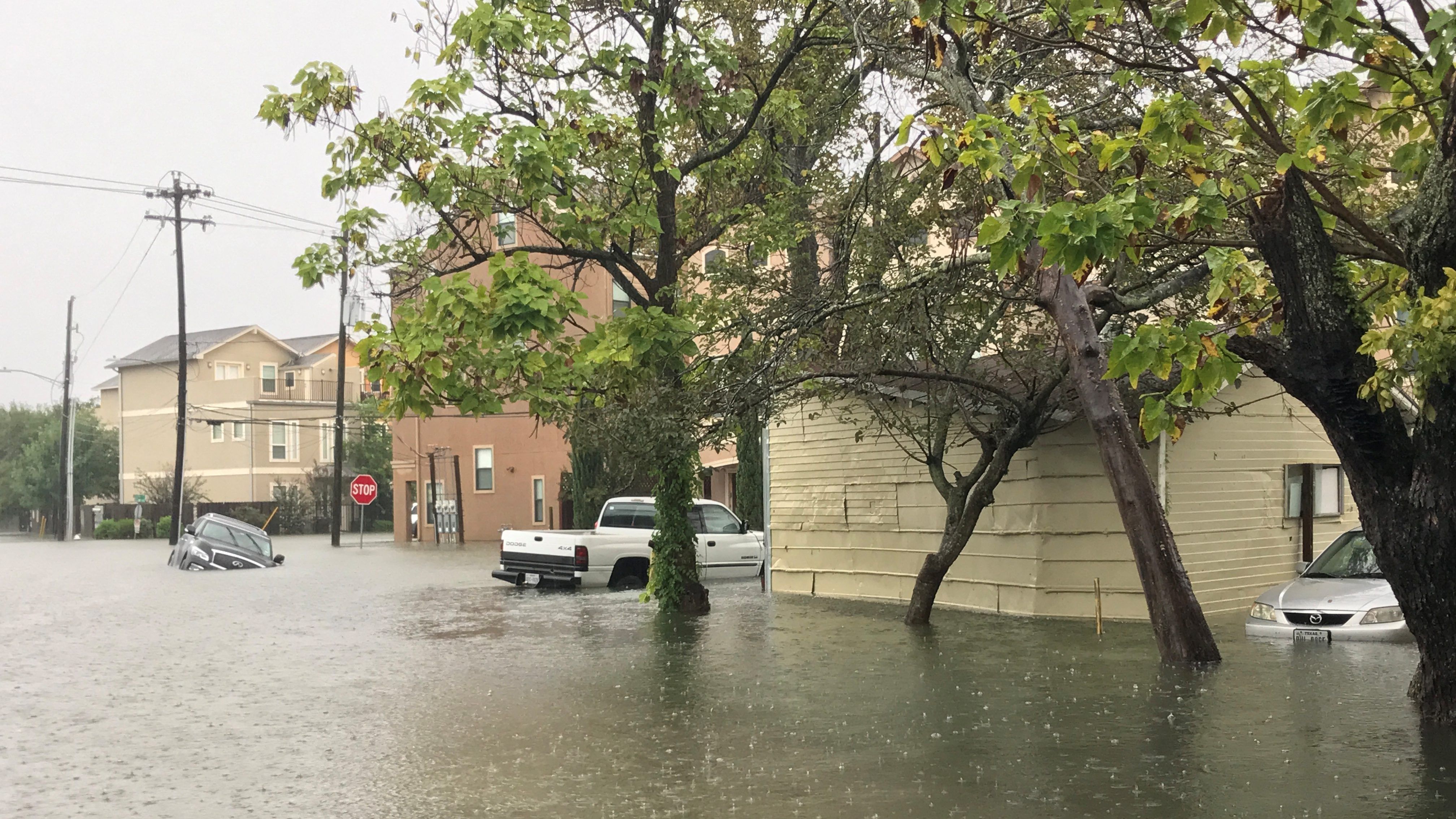Why 85% of Houston Homeowners Have No Flood Insurance
Tens of thousands of people have been displaced in Houston, Texas alone by Hurricane Harvey. The long-term damage from the catastrophic flooding engulfing the US’s Gulf Coast is expected to cost companies, small businesses, and homeowners as much as $100 billion, according to Imperial Capital. The insurance industry alone may pay out $10-$20 billion, JP Morgan estimates.
While big corporations will probably survive the hit, many individual homeowners in Houston could be forced into debt or bankruptcy because they don’t have flood insurance. That’s despite the fact that scientists have been warning for years that unchecked development and climate change could cause severe flooding in Houston.
As of August 2016, just 15% of the 1.6 million homes in Harris County, where Houston is located, had flood insurance, according to emailed data from the Insurance Information Institute, and only 28% of the homes in “high-risk” areas for flooding.
That’s because only US homeowners in the “100-year floodplain”—areas that have a 1% chance of flooding in any given year—have to buy flood insurance, and then only if they’re taking out a federal mortgage loan or their private lender specifically requires it. This flood insurance in the US is mostly handled by an outdated, heavily debt-laden government scheme, the National Flood Insurance Program (NFIP). The NFIP’s data determining which zones are flood zones can be years, or even decades, out of date (pdf, p. 3). Climate change has exacerbated the problem, making storms potentially more destructive and raising sea levels along the Texas coast.
The end result is that many Houston homeowners outside the 100-year floodplain have been flooded several times in just the last few years, and most city homeowners don’t have flood insurance now. More than 50% of Houston’s homes in “high” and “moderate” flood risk areas are not in designated flood zones, according to CoreLogic, a property information company.
“There are some early indications that this is going to have an exceptionally large impact on the number of people who are totally uninsured,” says Howard Mills, the global insurance regulatory leaders at consulting and accounting firm Deloitte.
“Those folks will be eligible to receive small amounts of disaster assistance, but it won’t be enough to rebuild their home or help them move somewhere safe, or elevate their home,” said Rob Moore, a senior policy analyst on water issues for the Natural Resources Defense Council. “These people are in a situation that no one wants to find themselves in.”
While consumer groups and news outlets in Texas have recommended that homeowners buy flood insurance in recent years, not many have. People may not know they don’t have it, or may have decided it’s just too expensive, says Sam Friedman, the insurance research leader for the Deloitte Center for Financial Services. “They don’t want to make the investment,” he said, and they rationalize that a major flood is unlikely to happen to them.
While Harvey may make some of them reconsider, there’s no such thing as retroactive insurance. Meanwhile, The Trump administration’s proposed budget would cut $190 million from the flood insurance program—specifically, from the funds allocated for updating those old flooding maps. That means people are likely to keep on building where they’re at risk of flooding, and not buying insurance.

